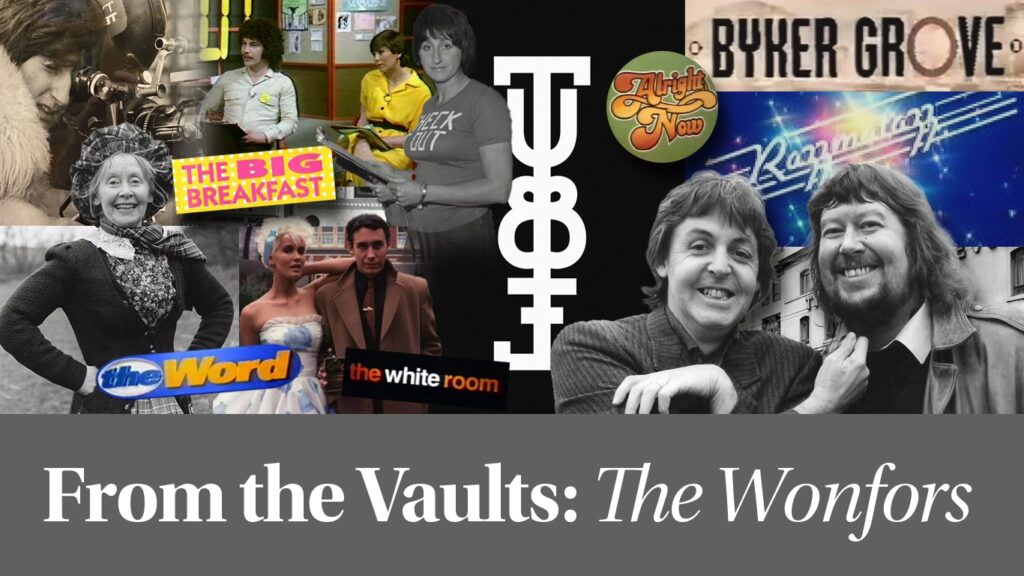
It won’t surprise anyone who knows me — or where I came from, genes-wise — to hear that more often than not, the direction of these columns is pretty much decided as the deadline looms.
Sometimes they’re shaped by a song on the radio; or prompted by a post I’ve seen on social media. Other times an interview invitation I’ve put out into the world will come good.
But sometimes you just want the universe (aka a life-long family friend and their associated PR machine) to give you a helping hand.
Step forward legendary Lindisfarne beatkeeper, Ray Laidlaw and the very helpful Matt from Cherry Red Records who both got in touch recently to signpost me to an upcoming three-CD collection release they thought would be of interest.
Lindisfarne – Brand New Day: The Mercury Years 1978-79 is coming out on May 24.

A collection of work from one of the North East’s most beloved and enduring music makers, it’s an absolute triple banger… and a reminder that it’s never a good idea to throw away your CD player.
As a rule, this feature would be sitting within the confines of the Cultured North East section of The QT, what with it being about music and one of the region’s beacons of cultural excellence.
But when I was talking to Ray about his memories of that time in the band’s long history, it quickly became obvious that it belonged here… in the vault where I delve into the past career exploits of my Mum and Dad — Andrea and Geoff — who made telly for a living and spent their formative — and very prolific — years doing it in the North East.
- Read more: A quiet revolution
- Read more: A strip to the seaside
So far — aside from a recent Five Star diversion — these columns have centred around The Tube, inspired by a top 40 moments list I started making with Dad in a hospital waiting room a few days before the 40th anniversary of the Tyne Tees-made 80s music show, and a few weeks before Dad took his final credit.
As it turns out though, you can’t really talk about Lindisfarne’s resurgence at the backend of the seventies, without my Dad coming up… meanwhile it’s equally impossible to take a proper look at his considerable achievements in making music television without going back to where it all began… on a rooftop in Newcastle with five lads in tuxedos playing an as-yet unheard track called Run For Home.

“By the time the band got back together again I was seeing quite a bit of your Dad socially and I probably knew your Mam even better than him, as she’d made the film with us in the early seventies,” says Ray.
“Geoff had been to the ‘76 Christmas reunion shows and he was one of the few people who knew we’d been back in the studio recording together the following year.”
In 1977, Dad was a film editor at the BBC, working predominantly on Look North with the incomparable Mike Neville while harbouring ambitions to become a documentary film director.
“I remember me and Hully (Alan Hull, Lindisfarne’s lead singer and songwriter) pulled up in the alley between what was then the BBC (on New Bridge Street) and The Portland pub. Your Dad got in the back and we played him Run for Home for the first time.
As soon as we started playing, I think we were halfway through a tune and we all just started smiling and laughing because it sounded so good.
Lindisfarne’s Ray Laidlaw
“He went apesh** as you can imagine and went straight back into the BBC, arranging to make a film to go with it. We did a press conference and then went to film on the top of the JPO building.
“That was the start, and any opportunity after that, we did it,” says Ray. “It was a wonderful period because we had so much freedom. With him at the BBC, anything new we had, they let us do it.”
And so it was that Geoff Wonfor cut his music promo-making teeth with a parade of Lindisfarne singles including Warm Feeling, Juke Box Gypsy, Miracles, Brand New Day, Easy and Free and Call of the Wild.
The last of these involved a dramatic trip to Flamingo Land’s zoo in North Yorkshire, and a naked Lindisfarne taking their places in a cage for the opening shot… before promptly getting kicked out by the attraction’s powers that be.
“We then only had Geoff’s charm and powers of persuasion to rely on to get the film made in time for the following night’s Look North,” says Ray, remembering multiple locations they utilised on the way back to Newcastle including a farmyard, North Yorkshire Railway, an illegal stop off at RAF Fylingdales early warning station and the back of a moving cart of hay bales.
Ah, the heady days before health and safety!
All the resulting films became Lindisfarne’s official videos thanks to a nifty arrangement which was hatched to keep the unions and the BBC happy.
“We swapped invoices, basically,” laughs Ray. “I think it was a grand each, but no money ever changed hands — it was perfect.
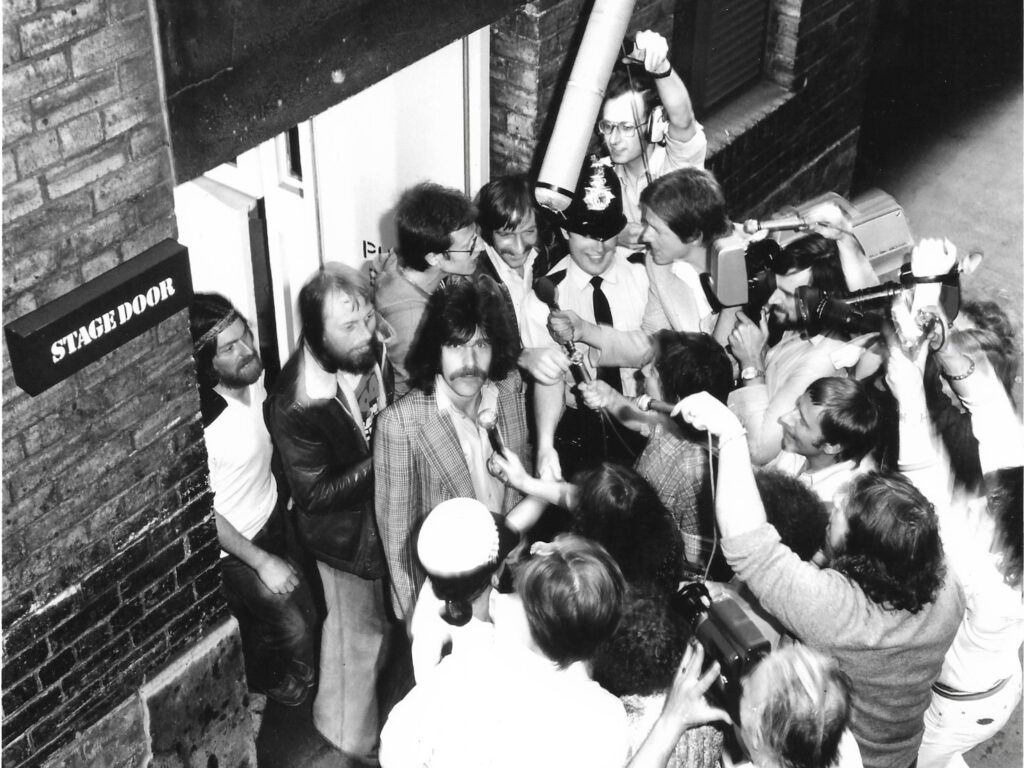
“Nothing was ever written down but the deal was that the BBC got the first showing and then the films were ours… we did that for three or four years — before your Dad went off to do The Tube, really*.”
*Many years later there was another video for a single, Party Doll, from Lindisfarne’s rock and roll album in 1987, which was shot in our house up at Ingoe in Northumberland. The day after the shoot was my 12th birthday, so the house full of party balloons came in very handy.
Pretty much all the tracks Dad made videos for in the late 70s are present and correct on the new Lindisfarne collection via the Back and Fourth comeback album (1978) and follow up The News (1979).
Also included are 15 tracks previously unreleased on CD and the Magic in the Air long player (1978) — the live recording of the 1977 Christmas gig at the City Hall, which I think was my first gig – aged two – and included me being taken on stage by my Dad as a human security blanket when the band asked him on stage to sing a verse of We Can Swing Together. No need to pay for therapy to find when the seeds were sewn for my lifelong aversion to stage performance.
- Read more: Tribute to the king of Sunderland
- Read more: The real Great Escapes in the Second World War
“We had wanted to do a proper roundup of all the original material played live in its proper environment,” says Ray of the live album. “Originally this was conceived almost as a postscript, which would draw a line under it all
“But obviously, as time went on, we knew we were getting back together, so we saved it and put it out after Back and Fourth.”
The second coming of Lindisfarne was prompted by the aforementioned sell-out reunion concerts at Newcastle City Hall in December 1976. The band’s first incarnation had run from 1970-73 and produced a trio of albums including iconic tracks like Lady Eleanor, Meet Me on The Corner and Fog On The Tyne.
Between 1973 and 1976, band members split into two camps, forming Lindisfarne MKII and Jack the Lad. There was also Alan’s band Radiator, of which Ray was part.
“Once we were all in touch again after the ‘76 gigs, me and Alan started talking about the band again,” he says.
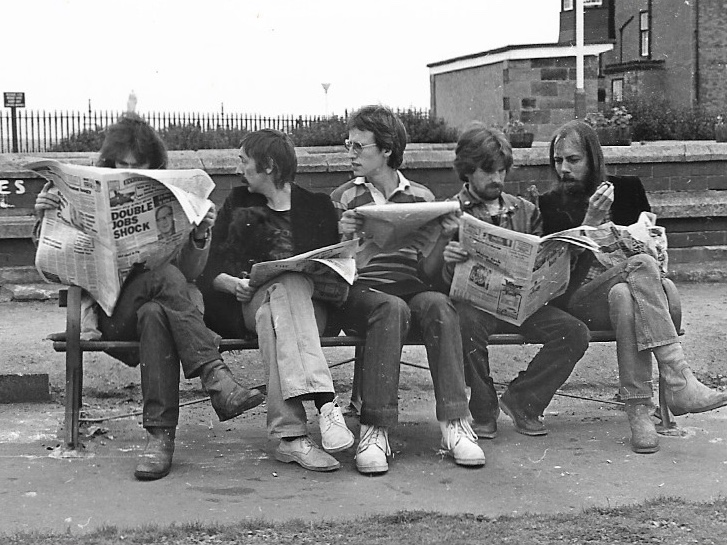
“The first thing we discovered was that it was so easy playing together and just sounded great straight away. It was something to do with the chemistry — it just worked.
“I remember the first day of rehearsals for the ‘76 show. We hadn’t all been in the same room since we split up. Four of us had been together in different combinations, but not five.
“As soon as we started playing, I think we were halfway through a tune and we all just started smiling and laughing because it sounded so good.
“All the other things we’d done, although they’d been great, they took a lot more work; a lot more effort to get to the results. Whereas working with us five just felt so natural and simple.
“I think we had to break apart to realise how good we had it.”
The making of Back and Fourth saw Lindisfarne working with legendary producer, Gus Dudgeon, making “proper pop records”.
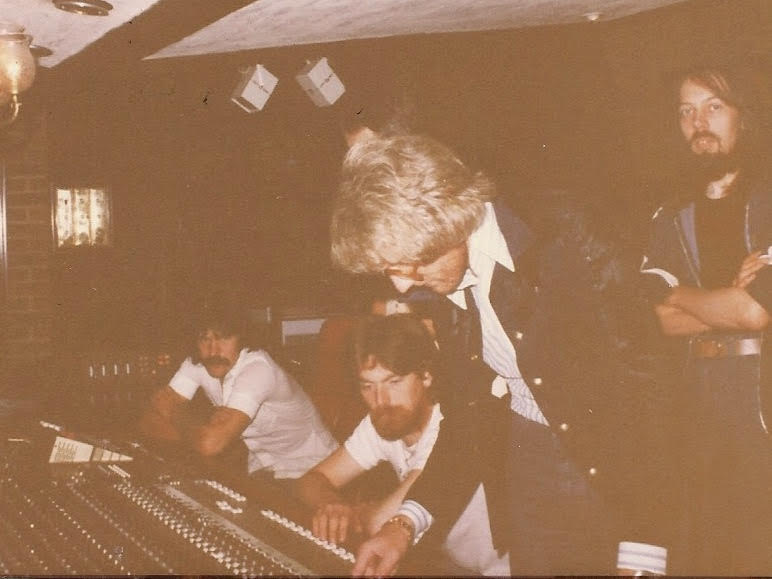
“Working with Gus took us to a different level,” says Ray. “It was great and almost like an affirmation that we had it in us to do it.
“Run For Home was the biggest selling single we ever had. It didn’t go as high in the charts, but it was there for longer… that was because the BBC wouldn’t put us on the playlist until we were in the charts.
“I don’t think they were very happy to see us — it was right in the middle of New Wave and everybody thought we were old news,” he laughs.
“But I’ve got a gold disc of Back and Fourth somewhere so it must have done well!”
The new release follows the success of the Lindisfarne Live at the BBC album anthology on Repertoire Records last year and the recent release of Alan Hull’s demos, Singing a Song in the Morning Light.
Ray says he’s delighted with the renewed interest in the band’s output.
“I think it’s lovely. It proves to me that the quality was there in the first place and shows the longevity of what we did; it wasn’t a flash in the pan.
“It wasn’t ephemeral pop stuff. It was quality music and the music lasts forever.”
While Ray continues celebrating the band’s legacy via The Lindisfarne Story gigs which he performs with longtime collaborator and Lindisfarne’s last lead singer (1995-2003), Billy Mitchell; fellow founding member Rod Clements tours with Lindisfarne Live alongside Dave Hull-Denholm and others from the band’s alumni.
“I like the fact that it’s sort of confirmation that we made the right decisions,” Ray adds.
“Peripherally we made some wrong ones but in terms of wanting to do music… it makes me look back at my life and think ‘you know, that was the right thing to do’.
“It worked. We’ve got a body of work there which is fantastic.”
Lindisfarne: Brand New Day — The Mercury Years 1978-79 is released on Cherry Red Records on May 24.
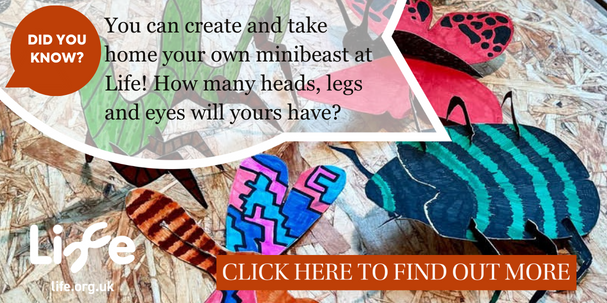











1 thought on “Lindisfarne — standing the test of Tyne”
Met my wife of 50 plus years in the foyer of the Universtiy Union at Newcastle in October 1970. A couple of months later Lindisfarne were on at the Christmas Ball in the Ballroom. I don’t think the band had been around for more than a couple of years and had made an album that year. We all sat on the floor amazed by ‘Lady Eleanor’ and (in particular) ‘The Clear White Light’ which we had never heard before. What a band!